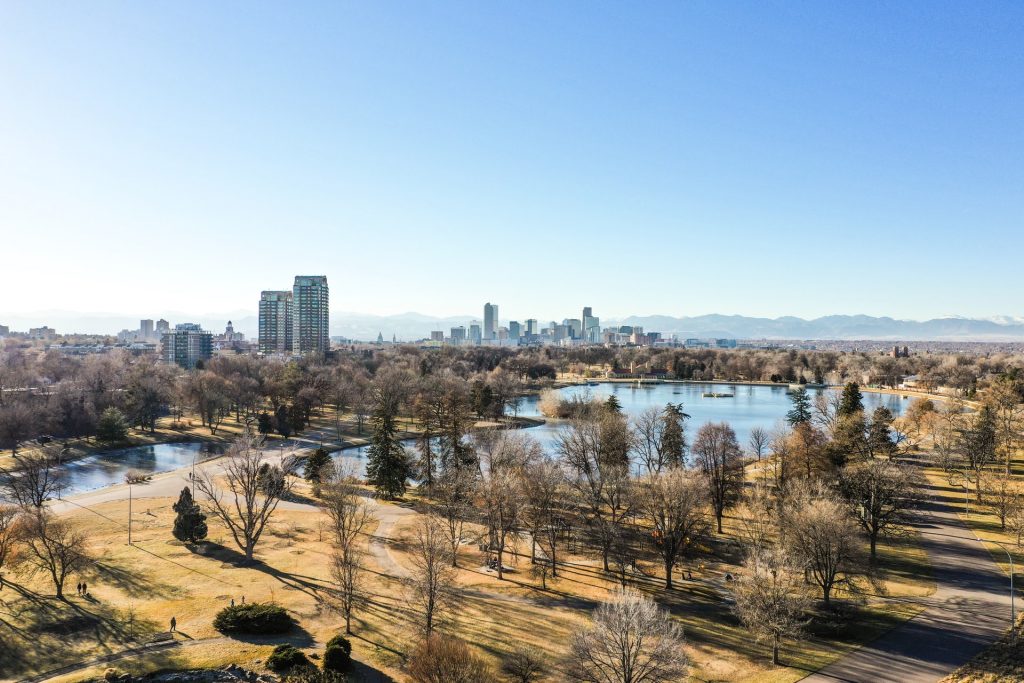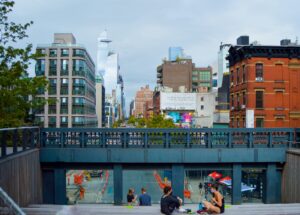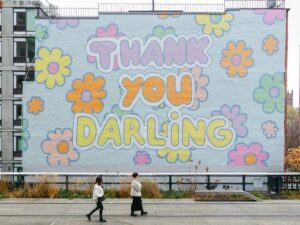Aurora is a large and diverse suburb east of Denver. Twenty percent of its residents are foreign-born and many are refugees, speaking over 160 languages. Aurora’s racial, ethnic, and socioeconomic diversity is largely representative of the present and future of U.S. suburbs, which have seen a significant rise in residents of color over the last two decades—as well as the fastest-growing rates of poverty in the nation.
Despite rising suburban poverty nationwide, social services have not caught up with the needs of residents in sprawling suburbs, and nonprofits there often must stretch their operations across larger service delivery areas with fewer resources than those in larger cities.
To address these challenges, suburban civic and community organizations are increasingly adopting flexible structures to meet the needs of vulnerable residents. In Aurora, a cadre of nonprofits and volunteers are leveraging mobile and distributed social services to connect marginalized community members to resources—overcoming the challenges of auto-oriented development by creating new kinds of “public spaces” specifically designed to meet the service delivery needs of an increasingly diverse population.
MEETING PREVIOUSLY DETAINED IMMIGRANTS WHERE THEY ARE
Due to immigration detention policy changes during COVID-19 and successful calls from local activists, the number of people released from Aurora’s ICE detention center has jumped from two per week to upward of 100. This is placing a new strain on local nonprofits, as detained immigrants—many of whom faced human rights abuses within the ICE facility—confront significant challenges upon release, including difficulties accessing services, locating friends and family, and finding their way around a sprawling suburb.
Read the full article on Brookings
Author: Erica Dorn
Recommended by Stephanie Cheung











More Stories
The best outdoor art in NYC this winter (2024)
Activists vow to keep installing guerrilla benches at East Bay bus stops
A Blueprint for Public Realm Leadership